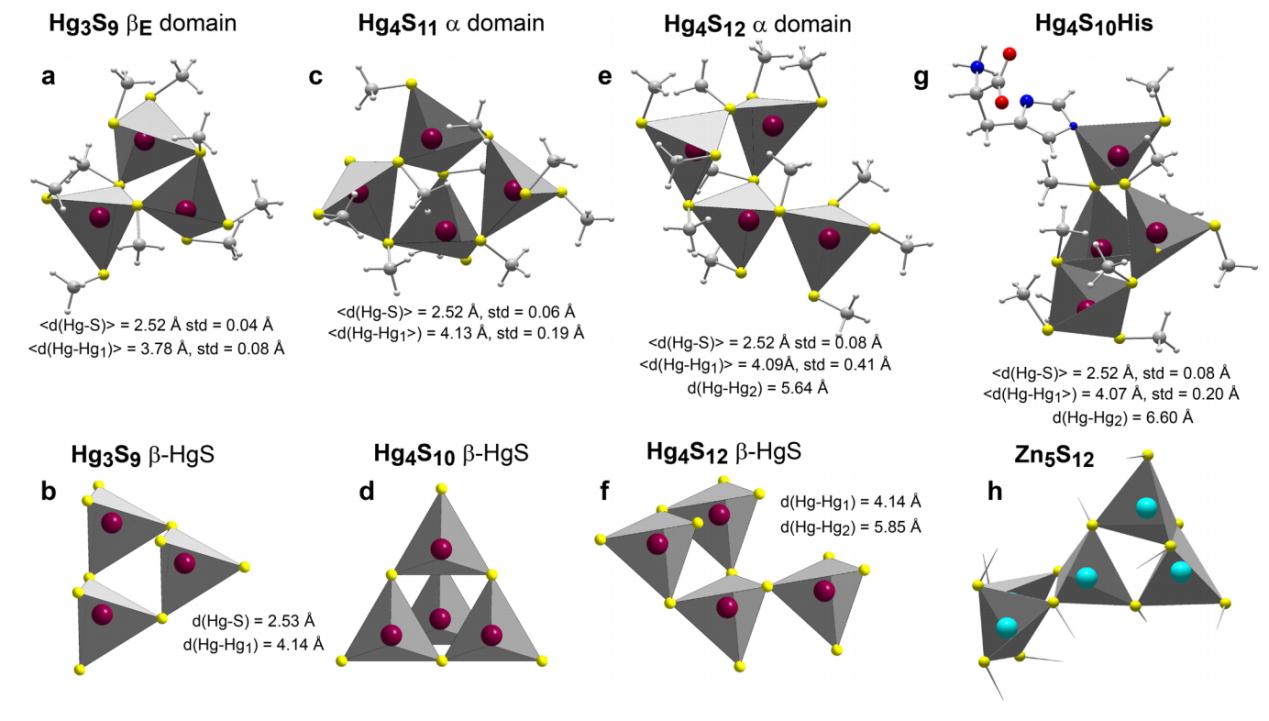Plant leaves absorb gaseous elemental mercury (Hg) from the atmosphere and become a source of toxic mercury to terrestrial ecosystems. The chemical form of this atmospheric mercury takes in leaf tissue is of both fundamental and practical interest. However, the chemical form of this major Hg input remains elusive.
The synchrotron based X-ray near edge structure spectroscopy is a common method used to study mercury speciation in the environmental matrix, but it cannot determine the Hg speciation in the natural samples with low Hg concentration.
Also, the coupled Mass spectrometry and chromatography methods such as ICP-MS-HPLC have a high requirement for Hg levels and matrix types in samples.
A joint research team led by Prof. FENG Xinbin from the Institute of Geochemistry of the Chinese Academy of Sciences (IGCAS) and Prof. Alain Manceau from the Université Grenoble Alpes worked together to study the mercury speciation in natural samples with low Hg levels (0.5 ppm) using high energy-resolution X-ray near edge structure spectroscopy.
Their results showed that mercury in the leaves occurred mainly as Hg[(SR)2+N/O0-2] coordination, and some Hg presented as nano particulate Hg sulfide (HgxSy). The geometry of HgxSy clusters and Hg complexes were performed at the second-order  perturbation theory.
perturbation theory.
The findings of the transformation of elemental gaseous mercury to HgxSy clusters in the leaves were novel. Results from this study provided the fundamental knowledge on the Hg re-emission and toxicity, and its transformation when it entered the soils with litter fall, providing more knowledge for the theory of biogeochemical transformation of Hg in environment.
Published in Environ. Sci. Technol., the study was supported by EcoX Equipex Project and CAS International Cooperation Project.
 |
|
Mercury speciation in the leaves of different plants (Image provided by WANG Jianxu)
|
 |
|
The geometry of HgxSy(Image provided by WANG Jianxu) |
Contact:
FENG Xinbin
Institute of Geochemistry, Chinese Academy of Sciences
E-mail: fengxinbin@vip.gyig.ac.cn
(By WANG Jianxu)